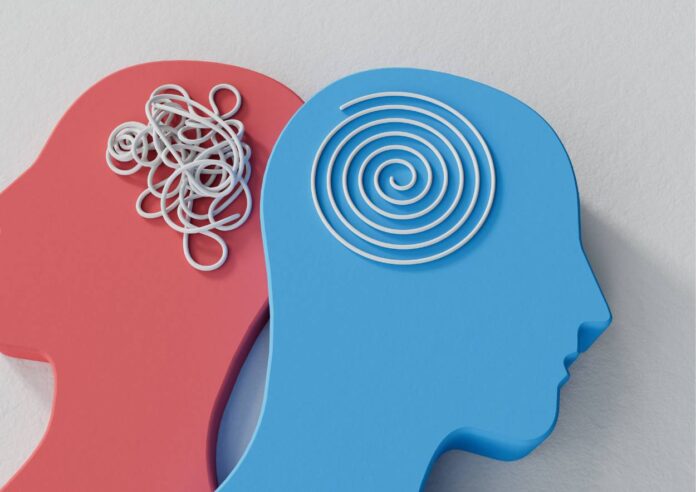Discover how the psychology of color can optimize your workspace for focus and productivity. Learn how different hues influence emotions, moods, and behaviors to create an environment that enhances well-being and efficiency. HighlightsUnderstanding the psychology of colorThe impact of color on productivity and creativityOrganizing your workspace for maximum efficiencyChoosing the right colors for your workspaceOptimizing...
RELATED ARTICLES
© NewInAsia.com 2025








